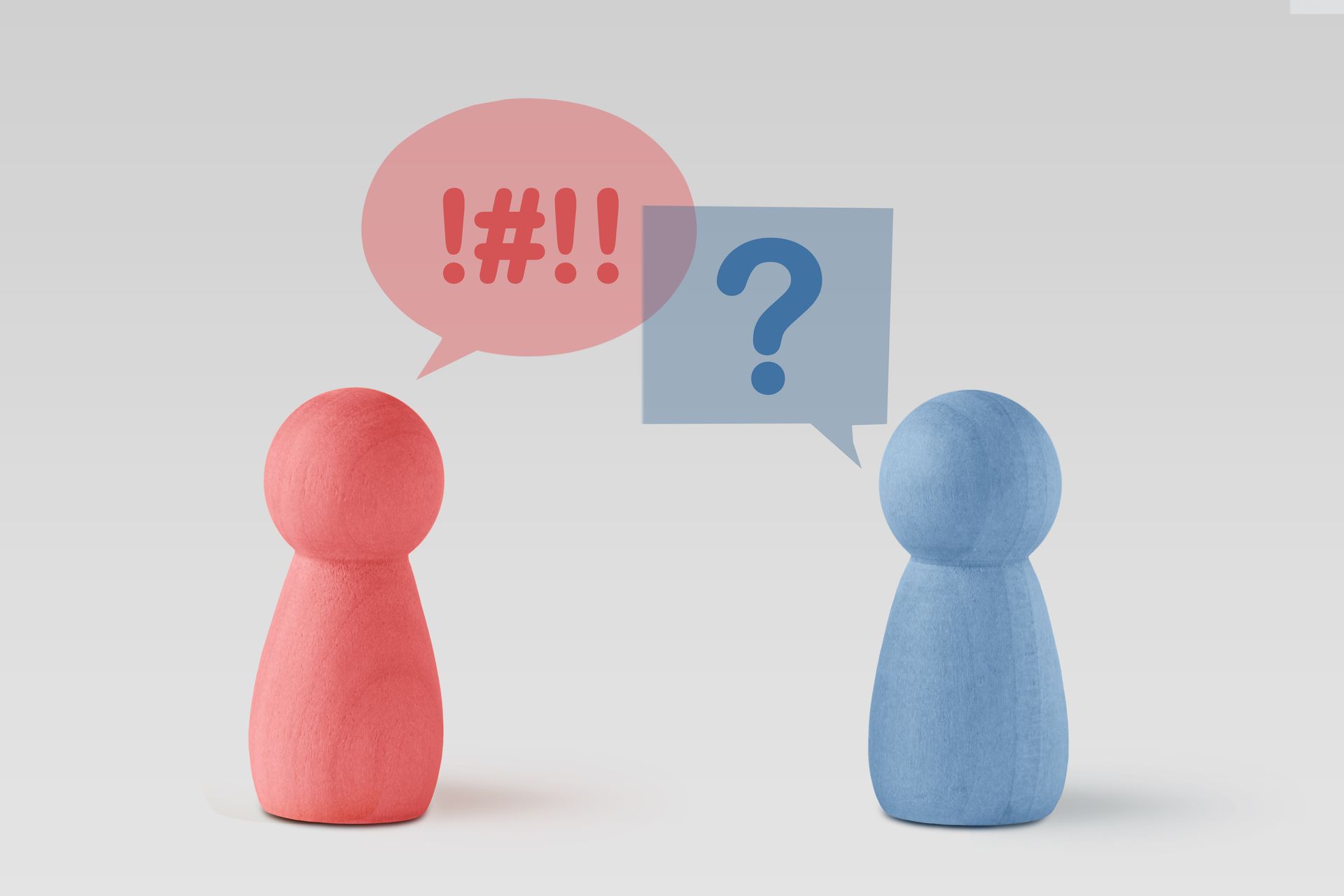Tharon’s Thoughts from Within. Comparing the Difference: Communication Styles of Neurotypicals and Autistics.


By Tharon
Neurodivergent Consultant at helpz
Comparing the Difference: Communication Styles of Neurotypicals and Autistics.
Part 1: Info Dumping
Neurotypicals and autistic individuals have vastly different communication styles. Autistic people often communicate bluntly and directly, which can sometimes be perceived as rude by neurotypicals although that was not the intention. Autistic individuals are often very honest and straightforward, sometimes perceived as "too honest for your own good." The way things are heard and understood is in the literal sense. This can cause miscommunication and a breakdown in relationships between autistic people and neurotypical people.
Neurotypical people tend to assume a lot in their interactions, while autistic individuals need clear, explicit communication without reading between the lines. For example, when it comes to offering a drink, a neurotypical might ask, "Hey, are you thirsty?" which may imply offering a drink to someone, whereas an autistic person would hear this statement as simply a question about thirst. Similarly, a neurotypical might say, "Hey, do you want to do the dishes?" which to an autistic person would appear as a question about preferences, instead of an invitation to engage in a task. It would be better worded as "Hey, can you help me with the dishes?".
This month’s piece is part 1 of a 2-part series, focusing on the differences in communication styles. This month’s topic is on ‘Info Dumping’ as an example of autistic communication styles.
Info dumping is the autistic urge to share information about something they are passionate about. It usually occurs around special interests and is unlikely to happen unless the autistic individual likes you a lot or is nervous and unsure of what to talk about but still wants to connect with you and is doing so by attempting to start a conversation over a potential shared interest. Info dumping happens when autistic individuals are near people they like and a topic they know a lot about comes up. Once that topic has entered the autistic person’s mind, it becomes hard to stop sharing information, and to do so requires a lot of self-control and awareness. Info dumping often makes autistic individuals feel excited and happy. It is not the same as sharing information - Info dumping is compulsive and one-sided, while information sharing is mutual and interactive. Info dumping is like trying to stop a train—it requires early braking and can be physically painful to stop abruptly.
Info dumping is usually talking AT someone, which can be overwhelming for another person to listen to, annoying even. As such, it is not uncommon for autistic people to receive a negative response to this, where the person smiles, nods, and then walks away. This sometimes even occurs while the autistic individual is still talking. This can be seen as rude by autistic individuals and can cause hurt and upset. It is a little bit of a personal bug bear for me – autistics spend their life being trained on socially appropriate behaviour, but then are on the receiving end of similar inappropriate social skills in this context.
So, how do you politely stop an info dump (if it is something you are not interested in)? Autistic people do not want to be annoying, if we are doing something that annoys you – tell us! The best thing is to lead the conversation where it needs to go – validate what we are saying, pause it, and redirect us to a new conversation. For instance, “wow, I can see you know a lot about [topic], this is not really why I wanted to talk to you. I will let you finish quickly, but then I would love to talk to you about [new topic]. It is really important you let the autistic person spend another 60 seconds or so after this interaction to finish what they are saying. It hurts us to not get the words out and having to stop mid-way through a train of thought. This extra time lets our brain let the thought go.
While it is important for everyone to understand what info dumping is trying to achieve, autistic individuals may need support to understand the impact of info dumping on others. If we were trying to support someone with autism to understand more about their info dumping, one of the key skills to teach the autistic person is assertiveness. This is important because we do not want to send a message to the autistic person that they cannot share their interests and must mask their individuality, but they can learn to respectfully conclude their info dumping. Giving the autistic person the skills to assertively say “I can see this doesn’t interest you, but I will just take 60 more seconds to finish this thought” is important. The other important aspect to this, is supporting the autistic person to understand why info dumping happens, as this will make it easier for them to control.
For further information about these topics and more, join our upcoming webinar or training modules.
News & Insights
Check Our Latest Resources







